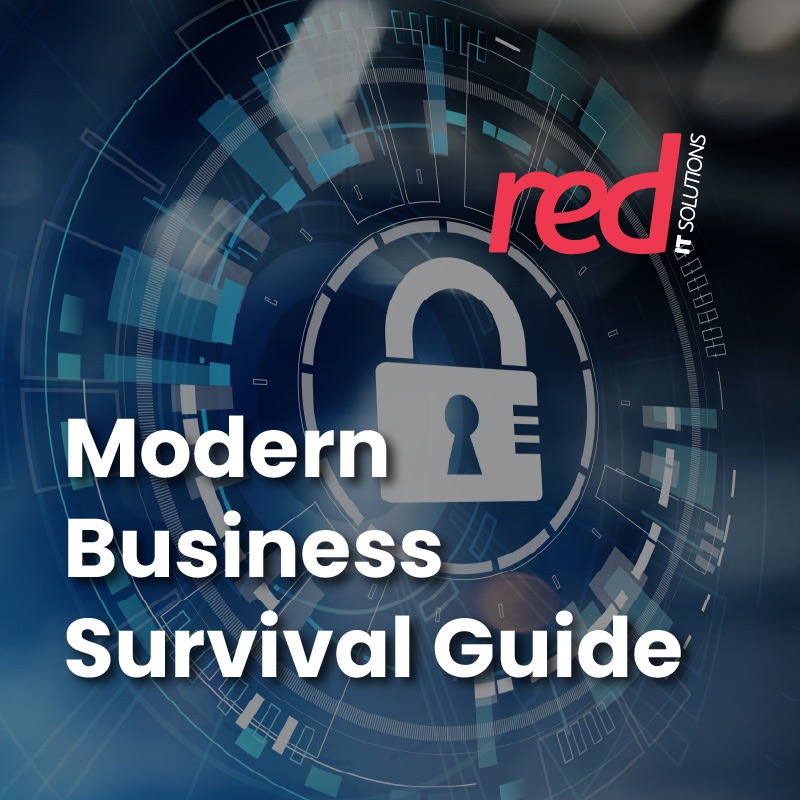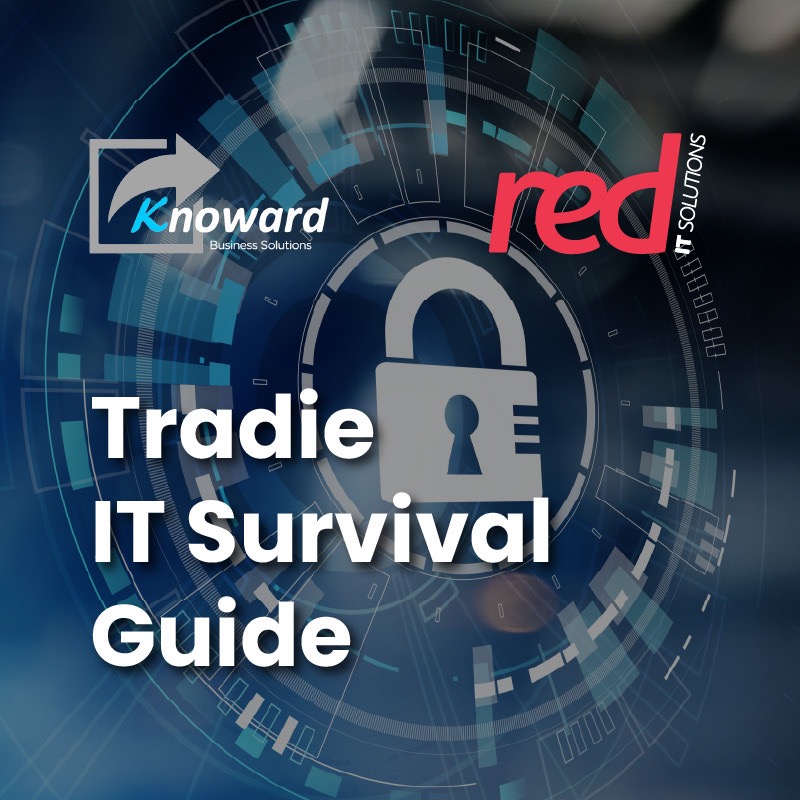
In today’s digital landscape, cyber attackers are the new-age pirates, scouring the virtual seas for unsuspecting targets. They don’t care if you’re a start-up, a thriving local business, or an established enterprise – if you’ve got data, you’re a potential prize. Businesses across all sectors and sizes face the threat of cybercrime, and phishing has emerged as one of the most effective tools in the attacker’s toolkit.
But what is phishing, really?
Imagine a hacker casting a line with some ‘bait’ – an email, text, or website that looks almost identical to something you trust. You bite, and just like that, they’ve stolen your information, drained your funds, or infected your network. Phishing is a high-stakes con game with severe consequences, from financial loss and data theft to irreparable reputational damage. For many businesses, a single successful phishing attack can unravel years of trust with clients.
So, let’s dive into the different types of phishing attacks, why they’re so dangerous, and how you and your team can steer clear of these digital sharks.
Types of Phishing Attacks:
Identifying the Threats
1. Email Phishing:
The ‘classic’ phishing attempt – attackers send emails that seem legitimate, often with official-looking branding, URLs, or logos. These emails typically urge recipients to click on a link or download an attachment. From payment requests to account verification, these emails are carefully crafted to create a sense of urgency.
2. Spear Phishing:
This is a more targeted approach. Spear phishers don’t go after just anyone – they research a specific individual or organisation, often looking for high-value data or financial transactions. Because they’re tailored to a specific target, these attacks can be incredibly convincing. If you’re an executive or work with sensitive information, beware of spear phishing attempts.
3. Whaling
Reserved for ‘big fish,’ or high-level executives, whaling attacks are designed to trick senior staff into authorising payments, sharing proprietary information, or opening secure files. They’re often crafted with knowledge of the executive’s responsibilities and sometimes mimic actual company processes.
4. Smishing and Vishing
Don’t be fooled – phishing isn’t confined to email. Smishing (SMS phishing) and vishing (voice phishing) target victims through text messages or phone calls. These methods often use urgency or authority (e.g., a message claiming to be your bank) to pressure recipients into revealing personal information over the phone.
The Purpose of Phishing:
Why Are We Targets?
• Data Theft
Sensitive information such as usernames, passwords, and financial details are valuable on the dark web.
• Network Infiltration
Phishing is often the first step in a larger attack. Once attackers have access, they can install malware, exfiltrate data, or pivot to other parts of the network.
• Financial Fraud
Gaining access to payment systems, payroll, or financial records can lead to immediate financial losses.
• Corporate Espionage
Some phishing attacks are driven by corporate espionage, targeting proprietary information or intellectual property.
Whether it’s about causing chaos or profit, phishing attacks can devastate a business, making awareness and prevention crucial.
How to Defend Against Phishing:
Practical Tips for Your Team
1. Double-Check Before Clicking
Train yourself to inspect links and sender details closely. Hover over any link in an email to see where it really goes. Phishers often disguise URLs with subtle misspellings or additional characters, so always look closely.
2. Use Multi-Factor Authentication (MFA)
MFA is one of the strongest defenses against unauthorized access. Even if attackers obtain your password, an additional layer (like an SMS or authenticator code) makes it significantly harder for them to break in.
3. Report Suspicious Emails
Every organisation should create a clear process for reporting potential phishing attempts. This helps catch trends and improves overall awareness. Building a company-wide habit of reporting allows your security team to act before an attack spreads.
4. Watch for Unusual Requests
Emails that make unusual requests – like a payment to a new account or a password reset – should raise red flags. Always verify through official channels before acting.
5. Stay Up to Date with Cybersecurity Practices
Phishing techniques are evolving. Regular training is essential for staying one step ahead. Empower your team to recognize new threats and provide updated tools and techniques for protecting against them.
Introducing Phishing Training
with Red IT Solutions
Our team at Red IT Solutions now offers tailored phishing training to help your employees spot, report, and avoid phishing threats. Our training not only covers the basics but also includes real-world examples, interactive exercises, and simulated phishing campaigns to reinforce learning.
Here’s why this training can be a game-changer for your business:
• Boosting Cyber Defences
Well-trained employees are a powerful first line of defence. By recognising phishing attempts, they prevent attacks before they reach your network.
• Improving Insurance Coverage
Many cyber insurance providers now offer reduced premiums to companies that actively engage in cybersecurity training. By protecting your business, you’re also making it more affordable to insure.
• Building a Security-First Culture
Knowledgeable, vigilant teams are your best protection. A workplace culture that prioritizes cybersecurity is a stronger, more resilient one.
A proactive approach to cybersecurity can save your business from the costly fallout of a phishing attack.
Ready to get started?
Reach out to us today to learn more about our phishing training programs.




